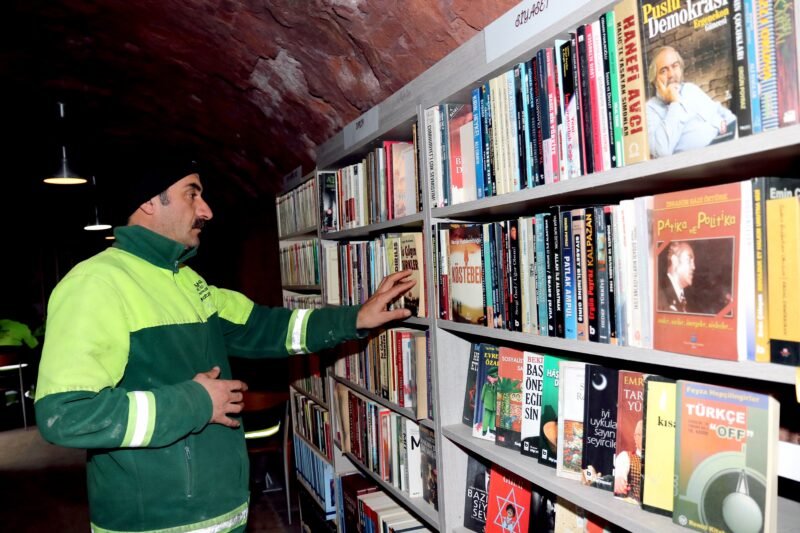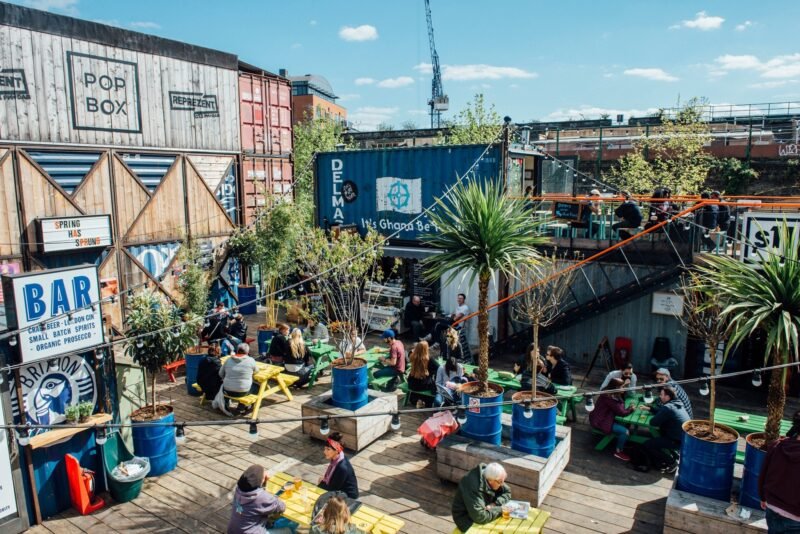Neighbor.ly: A New Way To Let You Pay
Lots of people wish their city to be better maintained, friendlier to bikes or prettier in general. However, cities do not always have the money to turn things around and invest in the best quality. The solution may be in your own wallet. Crowd-funding platform Neighbor.ly focuses on the financing issues of urban projects and services. On this newly launched platform everyone, including local authorities, companies and non-profit-organizations, can start a campaign to get money together for specific urban projects. Does this development pave the way for on-demand urbanism?
Two years ago we reported a crowd-funded urbanism trend as we spotted some urban projects that are using crowd-funding principles to make things happen. This trend has definitely made a huge leap forward, which is proven once more by the launch of Neighbor.ly, a website that takes urban crowd-funding to a next level. Having the slogan “you’re the solution you have been waiting for”, Neighbor.ly wants to help people to solve their own neighborhood problems that the local government can’t or won’t solve. Want stands out most is the fact that this platform is also accepting proposals from local governments. This opens up the way for a city to see to what extent inhabitants are willing to pay a little extra for a new ball park or an update of the street furniture in their neighborhood.

The City of Kansas is already pretty active on the platform and is running several campaigns at the same time. Besides generating additional money, Neighbor.ly gives the city an impression of which projects really matter to the inhabitants, or at least to which communal projects they want to donate a bit of money. In Kansas City inhabitants can choose, for instance, between a bike sharing program (consisting of separate campaigns for various stations in different areas of the city), a renovation of the city’s eight main fountains, sidewalk renewal, or free Wi-Fi in public spaces. Also groups of citizens can launch crowd-funding campaigns on Neighbor.ly, and even companies can try to find support to kickstart implementation of their product or service in a specific neighborhood.

Kansas City uses Neighbor.ly to crowd-fund the implementation of a bike sharing scheme
Besides all the opportunities that this new way of generating money for urbanism provides, there’s also a less convenient angle. The decision making process about governmental investments in the city could easily be influenced by the willingness of inhabitants to reach out a hand financially. Some projects, however, are less appealing to crowd-funders or supposed to be carried out in less fortunate communities. This doesn’t necessarily mean that the project is less important. Crowd-funding, in that sense, should probably not affect the neutrality of the local public sector. What shows to be a community-driven bottom-up-kind of city-making could easily become a new form of privatization of urbanism. Apart from that, crowd-funding by governments could easily lead to new ways of letting citizens pay extra for services that they already had paid for by means of taxes.



